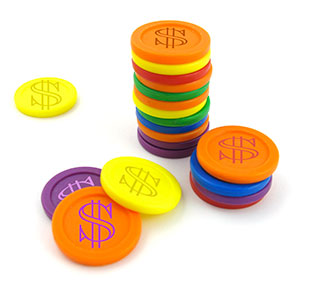
FastTrack tools and functionalities have always been playing a significant role in SABAM’s daily processes.
Firstly, the search and the download-functionalities for Musical Works, which have had a major impact on our distribution and documentation. Approximately 40 people within SABAM are using these functionalities on a regular daily basis, helping us matching and identifying works, even the impossible!
The next step was the development of the functionalities related to Audio-Visual works (AVI). Within a year, it became by far our main source for requesting cue-sheets. With the RTF functionalities and the AVR-format, and of course with the additional help of our IT department, we managed to install a very fast and dynamic process, enabling us to implement cue-sheets into our proprietary database within a few clicks, or even fully automated in some cases. Overall, the average duration for processing cue-sheets documentation has dropped with 30 %, since the implementation of AVR. Quite a nice result!
Since these tools had proven their influence on our core business, we were really excited when FastTrack proposed to develop a facility, making possible to match huge amounts of works in one shot, decreasing the manual effort to a minimum.
SABAM implemented the system end of 2013, after a period of thorough tests and brainstorming about how we could benefit the most from this system.
To be honest, the first testing results weren’t bad at all, but were not fantastic as well. The quality of the found matches was excellent, but the number of possible matches needed some power-up in our opinion. But after playing around with the matching parameters and fine tuning the matching percentages, results became significantly better. At this moment 95 % of the possible matches found, turned out to be correct. In short, the matching facility enables us to identify 10% of the works we weren’t able to identify internally. We were really happy with this result, but we were also looking for opportunities to improve this number.
Internal analysis at SABAM showed that the main cause for those works that couldn’t get matched via the matching tool was the lack of quality of the data we receive from external sources of information like playlist providers, set lists etc. It isn’t by any means actually related to the matching facility at all.
Today we aim to use the matching routine not only for the unidentified performances (post-distribution, approximately 20 000 works per year), but also for all new works lacking documentation in our database (pre-distribution). Each quarter some 5000 works would be matched against CIS-Net; of course, the number of works sent through the matching routine would be subject to changes, depending on our available resources to process the matching results.
As you can see, matching services have become an important help for us in trying to identify as many works as possible, and in enabling us to distribute the royalties as cost effectively and accurately as possible.
As we were already convinced of the benefits of this tool, SABAM volunteered to participate in the project group on the developments of Batch services for Audio-Visual works. This project will go live November 2014. We are thrilled to be in the lead to help developing and testing this new feature that will tremendously change the way we are currently dealing with our cue sheets requests. It seems our internal business case will even exceed the benefits we have with the MWI matching facility, which makes us eagerly await the delivery of release. 4.7.
Eric Lemeire and Katrien Tielemans, SABAM
« Back to Home